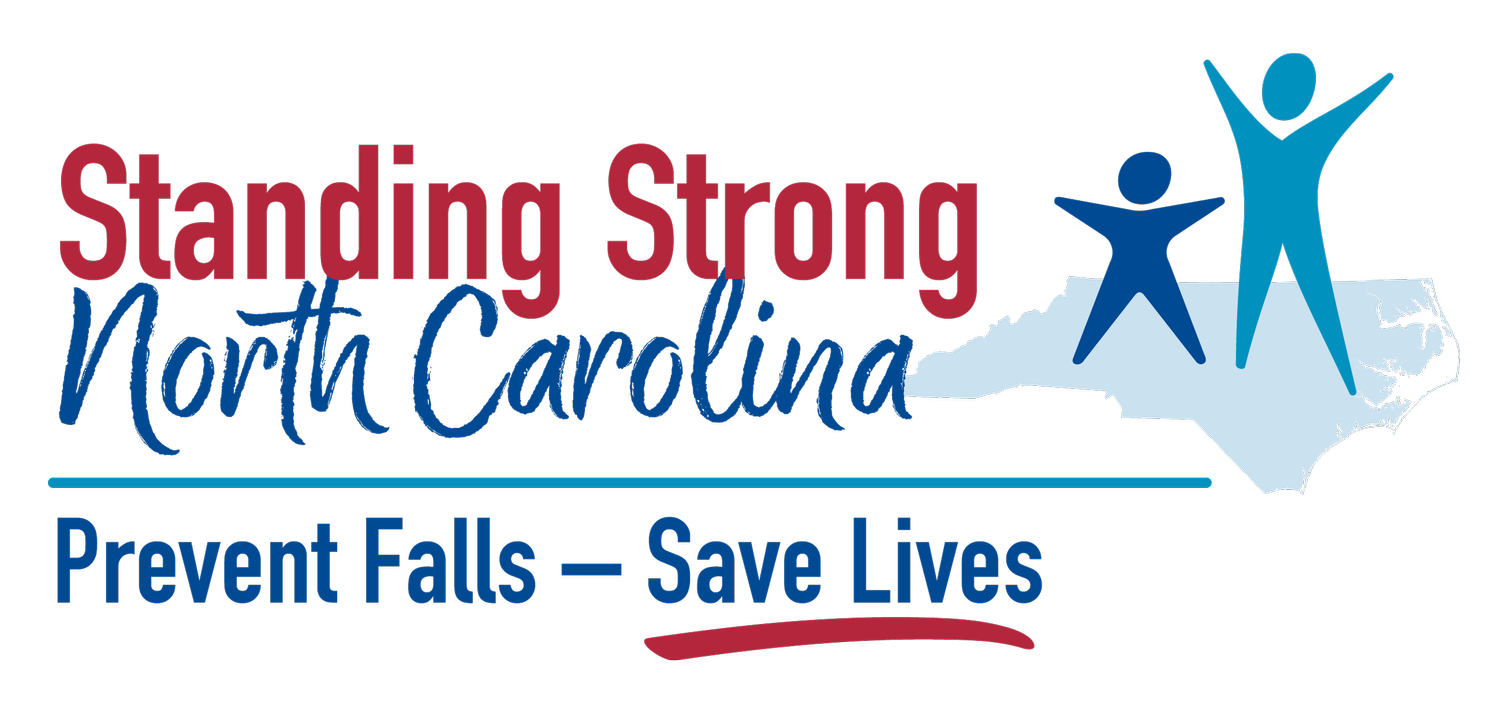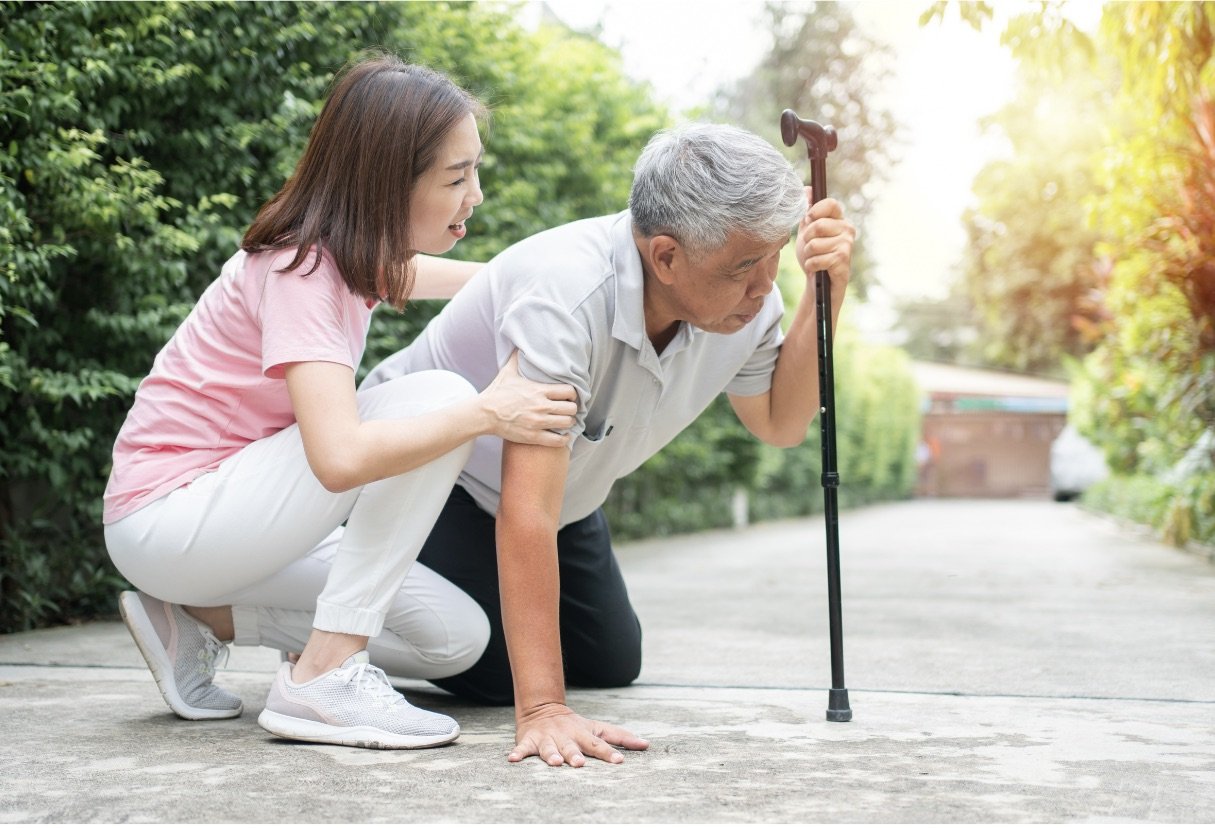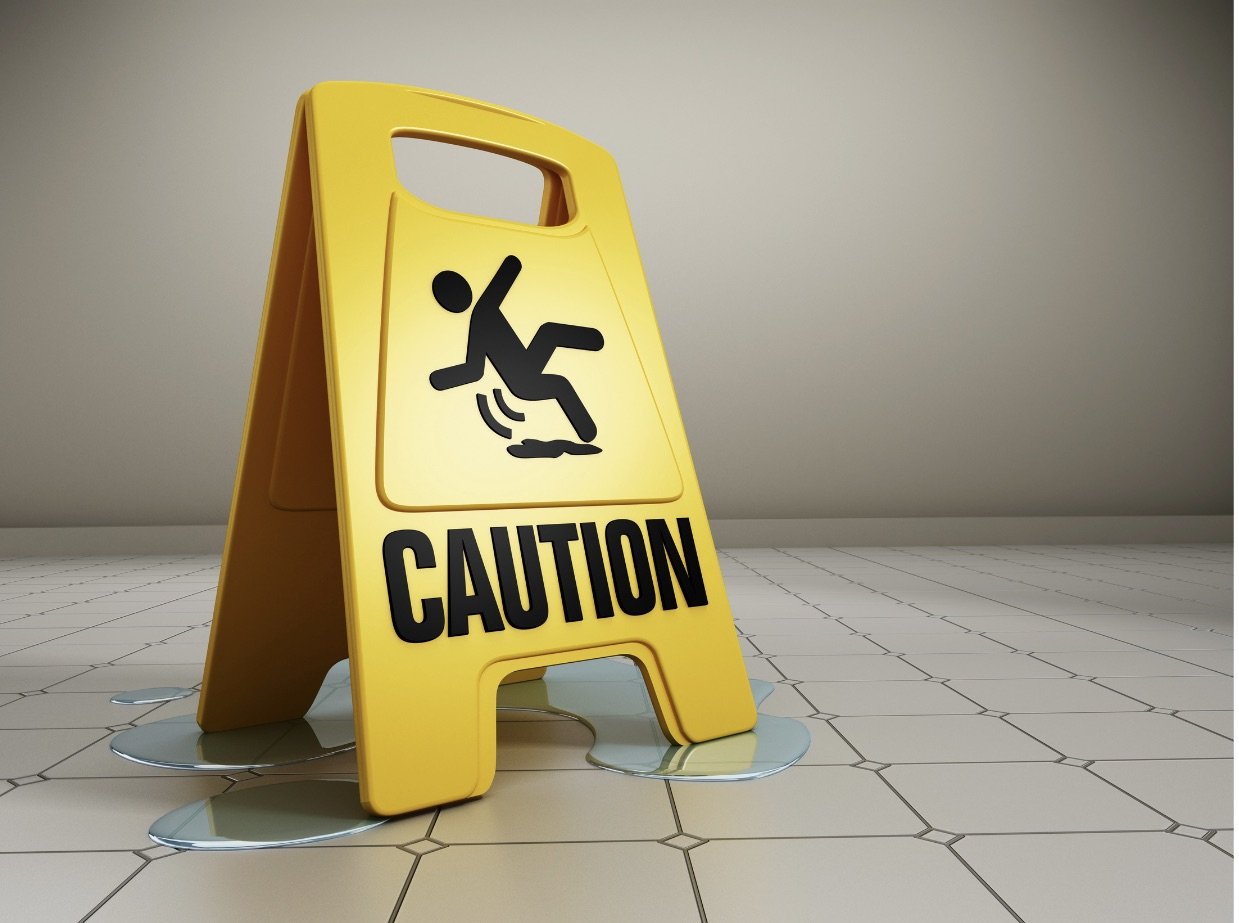From Definition to Prevention: What You Need to Know About Falls
If you are reading this post, you have probably thought about how a fall can affect your life. Falls can be serious at any age, but for adults 55 and older, they can be very dangerous. Falls are not inevitable as we age. Falls are NOT a normal part of aging. It’s just harder to recover and rebound as we age! Many people think they know what a fall is, but there are many situations that count as falls that might surprise you. Knowing what a fall really is can help you talk about it better, exercise safely, and live a healthier life.
Falls are important to understand, especially for older adults, healthcare providers, caregivers, and anyone involved in senior care or wellness. In this post, we'll explain what a fall is and share some examples of surprising falls. We'll also tell you when it's important to get help or take action. We hope that by the end of this blog, you'll have useful information and tips to help keep yourself and others safe from falls.
What is a fall?
A fall is defined as "an event which results in a person coming to rest inadvertently on the ground, floor, or other level" (World Health Organization). Simply put, it's when you lose your balance and land unintentionally or without meaning to! However, falls can happen in many different ways, some of which you might not even consider as falls!
Falls are multifactorial, meaning they can happen for many different reasons. So, our prevention efforts must include multiple approaches. Some conditions that could make you more likely to fall include environmental hazards, medical conditions, and even certain medications. Understanding these conditions can help develop effective strategies to prevent falls. Read about more conditions here.
Let’s Talk About Falls: What Counts and What Doesn’t
So now that you know the technical definition of a fall, let’s test your knowledge!
Which of these is a fall?
A. Losing balance and landing on the ground while going up a curb
B. Getting feet tangled and landing on a bed
C. Getting dizzy and landing on the couch
D. Losing balance and landing on the shower floor
E. All of the above
If you guessed E. All of the above, you would be correct!
Each of these situations involves an unintentional loss of balance, resulting in the person coming to rest on a lower surface, which fits the definition of a fall. Something that would not count as a fall, is if someone is intentionally and with control, lowering themselves to the ground to pick something up.
Falls can happen in many ways and understanding these examples helps in recognizing potential risks. By being aware of these situations, you can take steps to prevent falls and improve safety.
Here are a few more examples:
Tripping over a rug and landing on the floor: This common household hazard can cause a fall, especially if rugs are not securely fastened or have curled edges.
Slipping on a wet bathroom floor and hitting the ground: Bathrooms can be particularly dangerous due to the combination of water and hard surfaces.
Falling off a step stool while reaching for something high: Improperly using step stools or ladders can lead to falls from heights.
Losing balance while walking a pet and falling onto the sidewalk: Pets can sometimes cause unexpected movements that lead to falls.
Stumbling on uneven pavement and ending up on the ground: Outdoor environments with uneven surfaces pose a significant risk for falls.
How can we prevent or avoid falls?
Recognizing the many ways you can fall might feel overwhelming, but there are simple steps to help you prevent falls and injuries in your everyday life. Some of these steps are quick and easy!
Understand Your Risk: Some common reasons for falls include dehydration, side effects from medications, changes in your feet's sensitivity, pain, and hazards in your home. Knowing what increases your risk helps you make a plan to stay safe. To check your risk, use the NCOA’s Falls Free Check-Up Tool!
Know When to Sit: While we often hear that "sitting is the new smoking," there are times when sitting can actually help prevent falls. For instance, if you have low blood pressure, it’s smart to sit on the edge of your bed and let your feet touch the floor for a moment before standing up. This can help you avoid feeling dizzy. The National Institute on Aging suggests that adults should have their blood pressure checked while lying down and standing up to see if dizziness is due to a drop in blood pressure.
Modify Your Surroundings: Most falls happen at home. Make sure your home is as safe as possible by removing tripping hazards, securing rugs, and installing grab bars where needed. A safer home can help you avoid falls. Do a room by room safety check using the National Institute on Aging’s Home Safety Checklist.
Learn How to Fall Safely: Knowing how to reduce injuries during a fall is important. Talk to a doctor or physical therapist about the best ways to fall safely and how to get up afterward. Some helpful tips include protecting your head, trying to land more gently, and spreading the impact over your body. AARP offers useful guidance on this topic, but make sure to consult with a healthcare professional before even thinking about practicing these techniques on your own!
Take your time and be mindful, not fearful. Be aware of your surroundings at home or outside, how your body moves, and take your time! Tai chi is a great way to learn about and to practice moving mindfully, which just means paying more attention to the present. It can improve awareness of your body’s ability to sense movement, action and location, such as knowing where your body is in space and what it’s doing. For example, is your foot on the grass or on cement? Is it moving or still?
Join a Fall Prevention Program: Look for local programs that help prevent falls and improve balance. There are evidence-based programs available throughout North Carolina that are specifically designed to improve balance and stability. These programs are often free and provided in-person or virtually. Here are two programs promoted by Healthy Aging NC, Standing Strong NC, NC Fall Prevention Coalition, NC’s Area Agencies on Aging and the Administration for Community Living:
A Matter of Balance: Managing Concerns about Falls
A Matter of Balance (MOB) program is proven to reduce the fear of falling and enhance activity levels among older adults living independently. Through open discussions, lifestyle adjustments, and gentle exercises, participants build confidence and reduce fall risks.
Tai Chi for Arthritis and Fall Prevention (TCAFP):
One of the most popular programs in North Carolina. Tai Chi for Arthritis and Fall Prevention utilizes mindful movements to improve relaxation, balance and strength, and proprioception (Your body’s ability to sense movement, action, and location).
Programs like these are available both virtually and in-person! They are evidence-based and are proven to enhance balance and overall health. These programs can significantly impact how you move, play, and live. Don’t just take our word for it—watch Bill’s powerful testimony about how Tai Chi for Arthritis and Fall Prevention has transformed his life!
In summary, understanding what constitutes a fall and how to prevent them is crucial for maintaining your safety and well-being. Falls can happen in many different ways, and being aware of these situations can help you take proactive steps to protect yourself and those around you. By implementing the tips and strategies we've discussed, you can create a safer environment and reduce the risk of falls.
Looking for more resources and support? Check out the links below!
Standing Strong NC- Exercise Resources
Standing Strong NC- Home Safety Checklist
By Amber Chapman, NC Center for Health and Wellness





